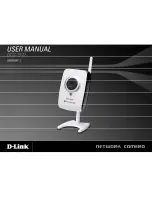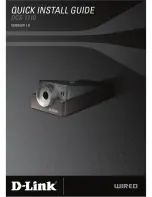
V1.02
Thom Hogan’s Complete Guide to the Nikon D300
Page 32
ISO values. It also can run at 14-bits while shooting NEFs
without losing frame rate, unlike the D300.
• The D3 viewfinder is bigger and brighter than the D300’s,
the difference due to the larger sensor (frame) size.
Likewise the shutter and mirror are bigger to cover the
larger sensor area.
• The D3 uses the higher capacity EN-EL4a batteries
(though the D300 can use them, too, in the MB-D10).
• The D3 supports a 5:4 crop mode that the D300 doesn’t.
• The D3 is even faster than the D300: 41ms shutter lag,
viewfinder blackout of 74ms, 9 frames per second with
autofocus tracking (up to 11 fps without in DX crop). The
shutter is rated with twice the life of the D300 (300k
exposures vs. 150k).
• The D3 has two card slots, and a variety of options for
using them.
• The D3 has the integrated vertical grip, shutter release and
controls (D300 users need the MB-D10 to get this).
• The D300 has a built-in internal flash, which can be used
to command external wireless flashes; the D3 has no
internal flash.
• The D3 has an extra back LCD to display camera settings
(though the new D300 Control Panel ability really makes
this moot).
As I noted, there are not as many significant differences
between the D3 and D300 as there are between the D300
and its predecessor D200.
The D3 announcement tended to overshadow the D300, as
the FX sensor and superb high ISO performance of the D3
were highly sought after changes. Thus, the D300’s
improvements over the D200 tended to get lost in all the hype
about the D3. And because the D300 didn’t perform at high
ISO like the D3 (no other camera does), many missed the fact
that the D300 is actually much better than the D200 at higher
ISO values.
















































